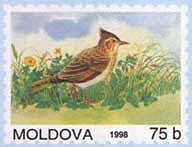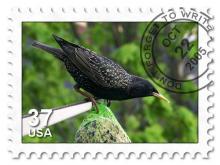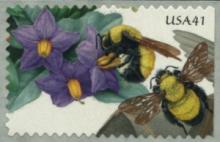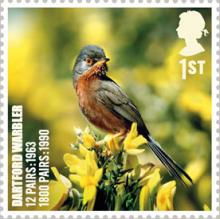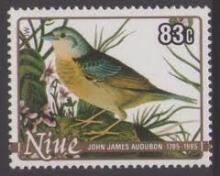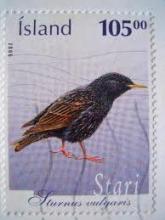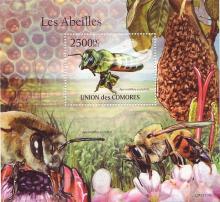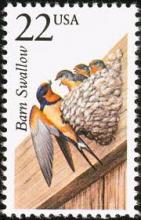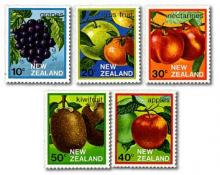
Here are 10 crops that would disappear without bees: 1. Apples. About three out of five apples in the United States come from Washington State. 2. Almonds. About 80 percent of the world's almond supply comes from California. 3. Blueberries. The loss of the blueberry crop, most of which comes from Maine, wouldn't just be felt at the kitchen table. 4. Cherries, most of which come from Washington State. 5. Avocados. How does that saying go? No avos means no guac. No guac means no party. Boo. 6. Cucumbers. Cucumbers are a popular option for cooling down in the hot summer months. Their cool, fresh flavor and crunchy bite make them a popular addition to salads, sandwiches, and cocktails. 7. Onions. No onions? Well, you're pretty much screwed. Onions are the base for myriad classic sauces, soups, and stews when cooked, and when raw, are pretty much de facto in tacos, salsas, sandwiches, burgers, and salads. You'll still be shedding tears even when they're gone. 8. Grapefruit. Sweet-tart grapefruit, whether eaten with a spoon or cut into segments by the ambitious, is a breakfast staple for the health conscious. It's also delicious in salads and blended into smoothies and cocktails. 9. Orange. That morning cup of orange juice would get a lot more expensive. Maybe we'll just import our way out of this one — except, colony collapse disorder is a worldwide problem. 10. Pumpkins. Halloween just wouldn't be the same without pumpkins, nor would Thanksgiving.

